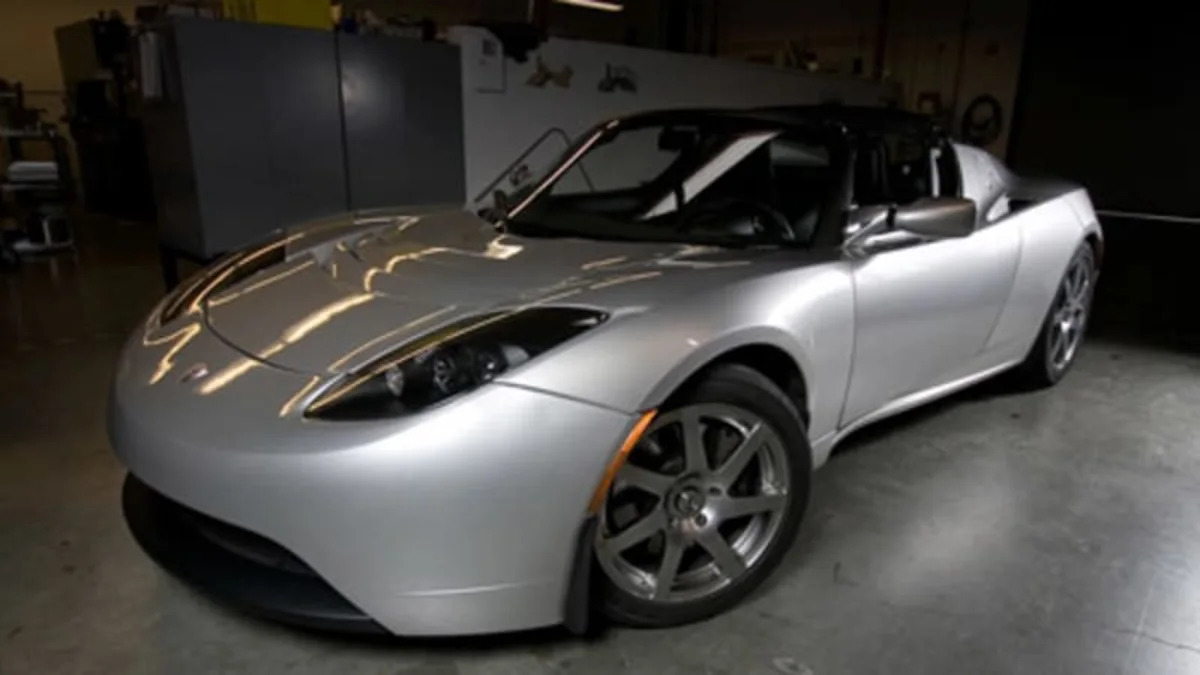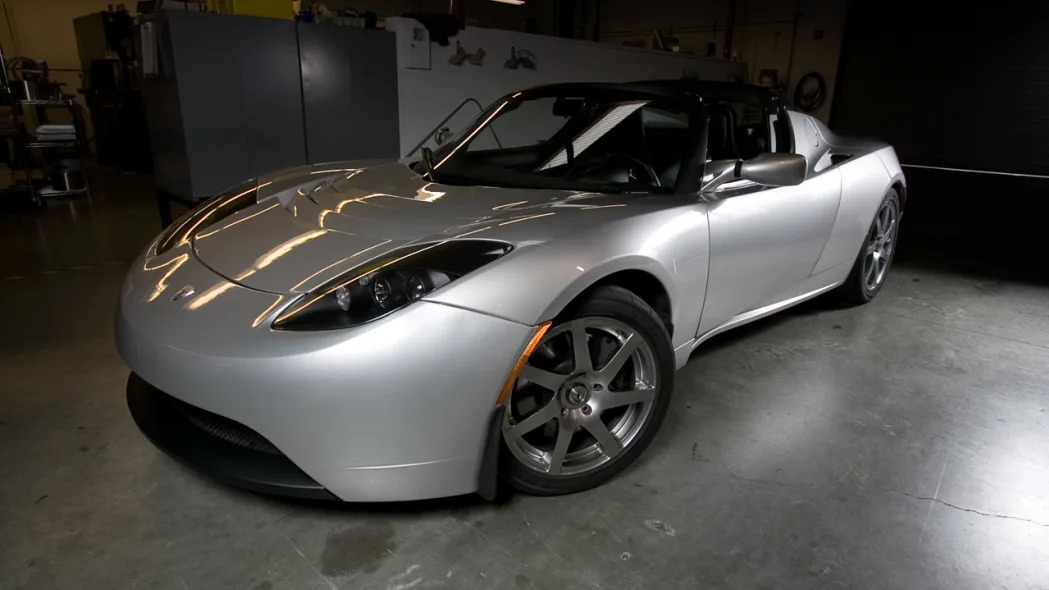Birthing a car is always difficult, and Tesla has seen its share of problems. The biggest hurdle to getting its all-EV Roadsters in customers' garages has been the transmission. Initially the company wanted to have a two-speed unit, but the unit from its first supplier, X-Trac, wasn't durable enough. Tesla then contracted Magna to help build a tranny, before a final try at designing its own transmission also ended abortively. In the end, to get cars rolling out the door, changes were made to the motor so that a single-speed transmission could be fitted.
Magna doesn't seem upset that it was just a stepping stone – that's business. What the company would like, however, is to get paid for the work it performed. Magna is also telling Tesla "told you so" by claiming to have suggested a single-speed unit back in 2006. To recover its $5.6 million, Magna has filed suit in San Mateo to force the issue, which coincidentally comes not long after Tesla filed suit against Fisker, which it initially hired to designs its next product, the WhiteStar sedan. What goes around comes around, we guess. The legal wranglings haven't yet made a dent in Tesla's operations, but Magna's lawsuit could bolster the case of frustrated buyers who have yet to receive their cars, should those customers decide to also take to the courts.
Update: Tesla VP Darryl Siry contacted us to clarify the issue with the original X-Trac gearbox. Apparently the problem was not one of actual durability of the transmission itself. Tesla evidently spec'ed out a two speed unit with no clutches. The design intent was to do clutch-less shifting and manage the torque output of the motor during the shifts. Unfortunately the rotational inertia of the motor made this plan unworkable as the torque output couldn't be changed fast enough. According to Siry there were never actually any mechanical failures of the X-Trac transmission, it was simply a matter of Tesla not being able to get their control strategy to work adequately with the hardware. Subsequently Tesla contracted Magna to develop a dual clutch two speed gearbox. Unfortunately, this is the design that had durability issues leading to Tesla's ultimate decision to revise the motor for more power and go with a single speed unit for production. The vehicles running with the interim single speed gearbox are actually using the original X-Trac box with the lower gear locked out (for prototypes) or removed entirely (early production cars). - Sam
Magna doesn't seem upset that it was just a stepping stone – that's business. What the company would like, however, is to get paid for the work it performed. Magna is also telling Tesla "told you so" by claiming to have suggested a single-speed unit back in 2006. To recover its $5.6 million, Magna has filed suit in San Mateo to force the issue, which coincidentally comes not long after Tesla filed suit against Fisker, which it initially hired to designs its next product, the WhiteStar sedan. What goes around comes around, we guess. The legal wranglings haven't yet made a dent in Tesla's operations, but Magna's lawsuit could bolster the case of frustrated buyers who have yet to receive their cars, should those customers decide to also take to the courts.
Update: Tesla VP Darryl Siry contacted us to clarify the issue with the original X-Trac gearbox. Apparently the problem was not one of actual durability of the transmission itself. Tesla evidently spec'ed out a two speed unit with no clutches. The design intent was to do clutch-less shifting and manage the torque output of the motor during the shifts. Unfortunately the rotational inertia of the motor made this plan unworkable as the torque output couldn't be changed fast enough. According to Siry there were never actually any mechanical failures of the X-Trac transmission, it was simply a matter of Tesla not being able to get their control strategy to work adequately with the hardware. Subsequently Tesla contracted Magna to develop a dual clutch two speed gearbox. Unfortunately, this is the design that had durability issues leading to Tesla's ultimate decision to revise the motor for more power and go with a single speed unit for production. The vehicles running with the interim single speed gearbox are actually using the original X-Trac box with the lower gear locked out (for prototypes) or removed entirely (early production cars). - Sam



Sign in to post
Please sign in to leave a comment.
Continue